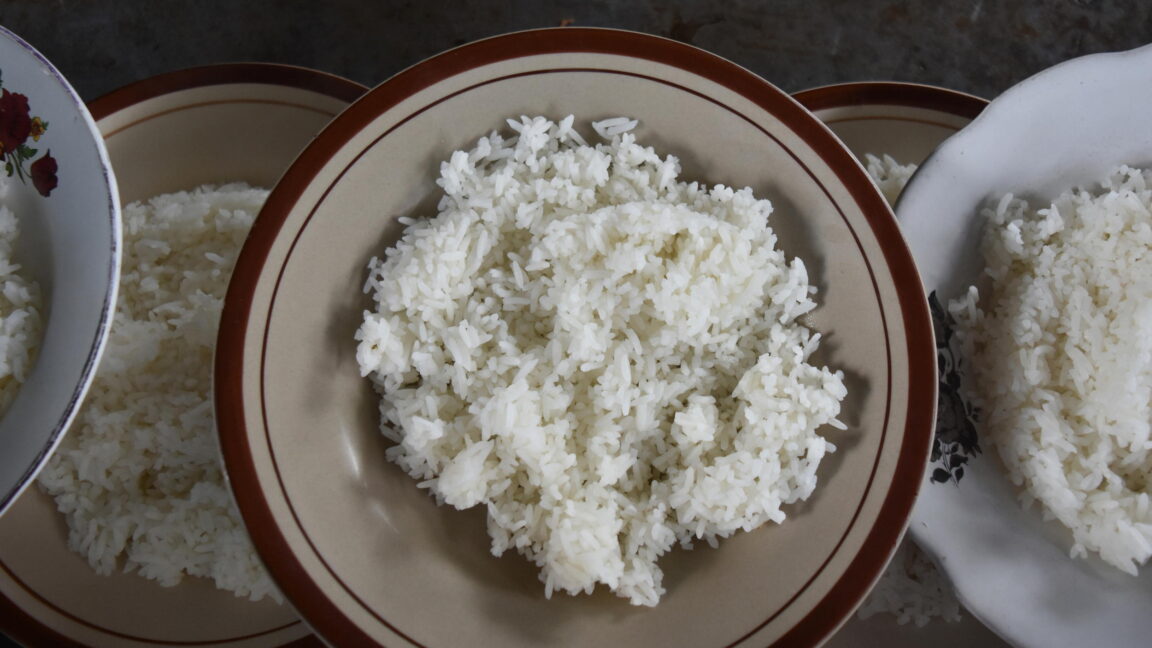Oh, that’s super fun. I didn’t have poisonous rice on my End of the World bingo card.
So the one cheap food I can afford is going to kill me now also…
I cook my rice with the PBA method now

Nice but I’m lazy and use a rice cooker. I do soak rice for a few hours before cooking, so maybe that helps a little.
You should be able to adapt it to a rice cooker, the key to this method is an initial couple minute boil in double the water and then dumping it.
But honestly, the stove is SO much faster once you do it a few times (coming from a former die-hard rice cooker user) I can have rice < 20 minutes on the stove
Maybe give it a try but I’m less using the rice cooker for speed of rice cooking and more for napping on the sofa while it cooks.
Brown rice will have more arsenic than white, alas. the same is the case for the other nutrients in the bran of the rice which is polished off to make white rice.
Arsenic is found naturally in some foods, including fish and shellfish, and in waters and soils.
Inorganic arsenic is found in industrial materials and gets into water—including water used to submerge rice paddies.
Rice is easily inundated with weeds and other crops, but it has one advantage: It grows well in water. So farmers germinate the seeds, and when the seedlings are ready, plant them in wet soil. They then flood their fields, which suppresses weeds, but allows the rice to flourish. Rice readily absorbs the water and everything in it—including arsenic, either naturally occurring or not. Most of the world’s rice is grown this way.
“What happens in rice, because of complex biogeochemical processes in the soil, when temperatures and CO2 go up, inorganic arsenic also does,” Ziska said. “And it’s this inorganic arsenic that poses the greatest health risk.”
If I’m understanding correctly, the risk is from flooding the fields with contaminated water
A farm that relies on flooding the field with rain from a rainy season should be unaffected? Or minorly affected, right?
This also applies to rice grown in fields previously used to grow cotton, when arsenic based insecticides had been used to combat boll weevil infestations. This was reported on in particular w/r/t rice grown in old cotton fields in the SE of the NA continent.
https://www.ewg.org/foodscores/content/arsenic-contamination-in-rice/ https://grist.org/food/theres-arsenic-in-your-rice-and-heres-how-it-got-there/ https://www.gao.gov/blog/2018/05/07/arsenic-in-rice
Got it, will just have to reduce my arsenic intake from other sources to balance it out.



